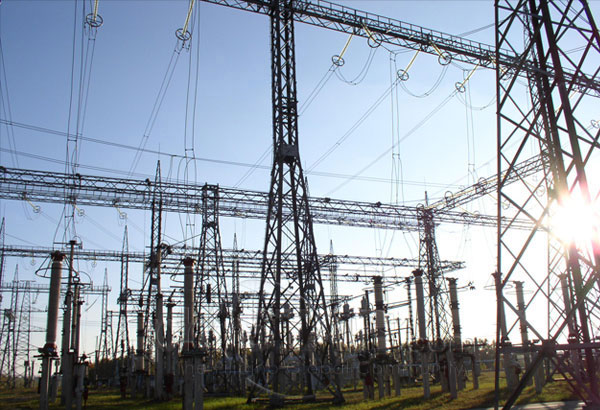Inflation falls to 2.3% in September

MANILA, Philippines — Price increases in consumer goods continued to ease in September as food prices were mostly lower, the Philippine Statistics Authority (PSA) reported yesterday.
The continued growth in transportation cost, however, threatens the stability of inflation in the remaining months of the year.
Headline inflation fell further to 2.3 percent in September from 2.4 percent in August and 2.7 percent in July. This, however, was higher compared with the 0.9 percent rate in September 2019.
This brought the year-to-date average to 2.5 percent, still within the government’s target range of two to four percent for this year.
The deceleration in the September headline rate was supported by the slower growth in the indexes of food and non-alcoholic beverages, alcoholic beverages and tobacco, as well as furnishing, household equipment and routine maintenance of the house.
Among food and beverage items, sustained deceleration was seen in the prices of vegetables, while slower growth was seen in the prices of meat, milk, cheese and eggs.
Significant slowdown was also seen in the prices of cigarettes and domestic services.
Despite the sustained slowdown in the headline rate in September, limitations in the availability of public transportation, particularly for low-income households, continued to put pressure on prices.
Among the 11 commodity groups covered by the Consumer Price Index (CPI), the transportation index weighed the most in the headline rate. With inflation of 8.3 percent in September, rising from 6.3 percent in August, it factored in 29 percent to the headline rate.
PSA head Dennis Mapa noted this was the fastest growth in the transportation index since last year.
Tricycle fare made up 45.7 percent of the headline transport index rate, while jeepney and bus fares made up 5.3 percent and 4.5 percent, respectively.
In September, the minimum charge of tricycle fares in Metro Manila rose to P18.60 from P8.50 in September 2019, a 119 percent increase year-on-year.
Because of its heavy weight in the CPI, food and non-alcoholic beverages was the second largest contributor to inflation in September, making up 24.9 percent of the headline rate.
Potential spikes in the prices of meat, fish, and fruits stand to contribute the most to the growth in food prices.
Rice prices remained on the decline at the national level at minus 0.6 percent in September, the 17th consecutive month of decline that began in May 2019.
Prices for the staple, meanwhile, registered growth in Metro Manila in September although at “a manageable level” of 1.6 percent, coming from 0.6 percent in August. Mapa attributed this to the rising cost of transportation that may have placed cost pressures on the cost of deliveries to warehouses and stores.
The third largest contributor to inflation in September was restaurants and miscellaneous goods and services, which made up 12.6 percent of the headline rate. Contributing to the growth of this index were meals, articles for personal hygiene such as alcohol and toothpaste, and beauty products like powder and deodorant.
Inflation in the National Capital Region (NCR) was stable in September at 2.2 percent, same as in August. Meanwhile, growth in consumer prices in Areas Outside NCR slowed down to 2.4 percent in September from 2.5 percent in August.
Those included in the bottom 30 percent income households, however, saw an erosion in their purchasing power because of high transportation costs particularly for tricycles and jeepneys that are primary modes of transportation for low-income households.
Inflation for these households accelerated to 2.8 percent in September from 2.7 percent in August.
“The transportation component has a large weight on the inflation for bottom income households. So while food inflation fell, there was an increase,” said Mapa.
Low-income households also experienced elevated costs of housing, water, electricity and gas during the month.
Mapa said that based on the expected upward trajectory of the transportation index and the stability in the food index, the headline rate is expected to average between 2.4 percent to 2.5 percent ending the last three months of the year.
“So our projection is that inflation will actually be bordering around this average of 2.5 percent. My estimate is really between 2.4 percent and 2.5 percent going into the last remaining months of 2020,” he said.
“Our projection here is that the transport index will still increase because of the base effect particularly for the tricycles. Because of the social distancing requirement, they really increase fares. In NCR and in regional centers, tricycle fares doubled.”
Against the headline rate of 8.3 percent in September, the transport index in NCR alone accelerated to 11.5 percent while for areas outside NCR, it grew by 7.3 percent.
With the continued acceleration in the transportation index, the purchasing power of the bottom income households may also be eroded further in the remaining months of the year.
Combined with increases in housing and utilities, this may outweigh the stability of food prices.
“Any stability in the food inflation will be outweighed and we may see an increase in the inflation for the bottom income households,” Mapa said.
- Latest
- Trending





























